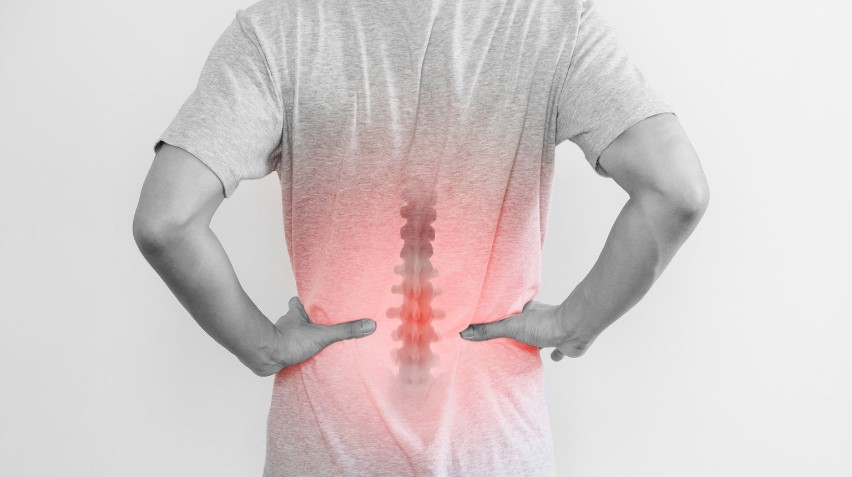Lower back pain is a common orthopedic issue that affects many older adults, hindering daily tasks and limiting an active lifestyle. While there are various causes for chronic back pain, incorporating simple exercises and flexibility routines can alleviate discomfort, prevent further disc deterioration, and enhance spinal stability.
This illustration demonstrates how common muscle imbalances (and under-development) can contribute to distorted posture and by association chronic lower back pain.

By focusing on strengthening the muscles that support the torso and promote proper alignment, individuals can reduce stress on compromised discs and improve overall back health.
The Importance of Core Strengthening: Building strong muscles that support the spine is crucial for managing lower back pain. Contrary to popular belief, traditional exercises like sit-ups, crunches, and leg lifts can exacerbate the issue by forcing the lumbar spine into extension and increasing disc compression.
Instead, incorporating exercises such as planks, bridges, anti-rotational cable exercises, free-form exercises, and TRX movements can provide effective support and stability for the spine.
Addressing Muscle Imbalances: In addition to core strengthening, it’s essential to address muscle imbalances in the lower back region. Tight muscles like the iliopsoas/hip flexors, piriformis, and hamstrings can contribute to back problems. Imbalances in these muscles may also lead to issues in the knees and poor posture.
By focusing on dynamic flexibility exercises like squats, lunges, hip hinges, and bridges, individuals can improve the range of motion and performance of these muscles. This approach not only enhances flexibility but also reduces the risk of falls and other orthopedic problems later in life.
The Limitations of Static Stretching: While stretching is commonly associated with relieving muscle tension, static stretching alone is not the most efficient method for promoting flexibility. In fact, static stretching can sometimes cause muscle tissue injuries instead of lengthening them.
The most effective approach to enhance muscle elasticity is to incorporate full-range contractile cycles through exercises. By consistently engaging muscles in a dynamic manner, individuals can achieve better flexibility and overall muscular performance.
Understanding the underlying causes of lower back pain and adopting appropriate strategies can help individuals find relief and improve mobility. Emphasizing core strengthening exercises that promote spinal support and stability, as well as addressing muscle imbalances through dynamic flexibility exercises, can significantly reduce discomfort and mitigate further orthopedic issues.
By prioritizing these exercises consistently, individuals can maintain a higher quality of life, prevent falls, and enjoy better overall physical well-being.
Joe Carson B.S. NASM-CPT/FAS/CN
Master Trainer/Functional Aging Specialist/Certified Nutritionist
Twenty-First Century Aging





